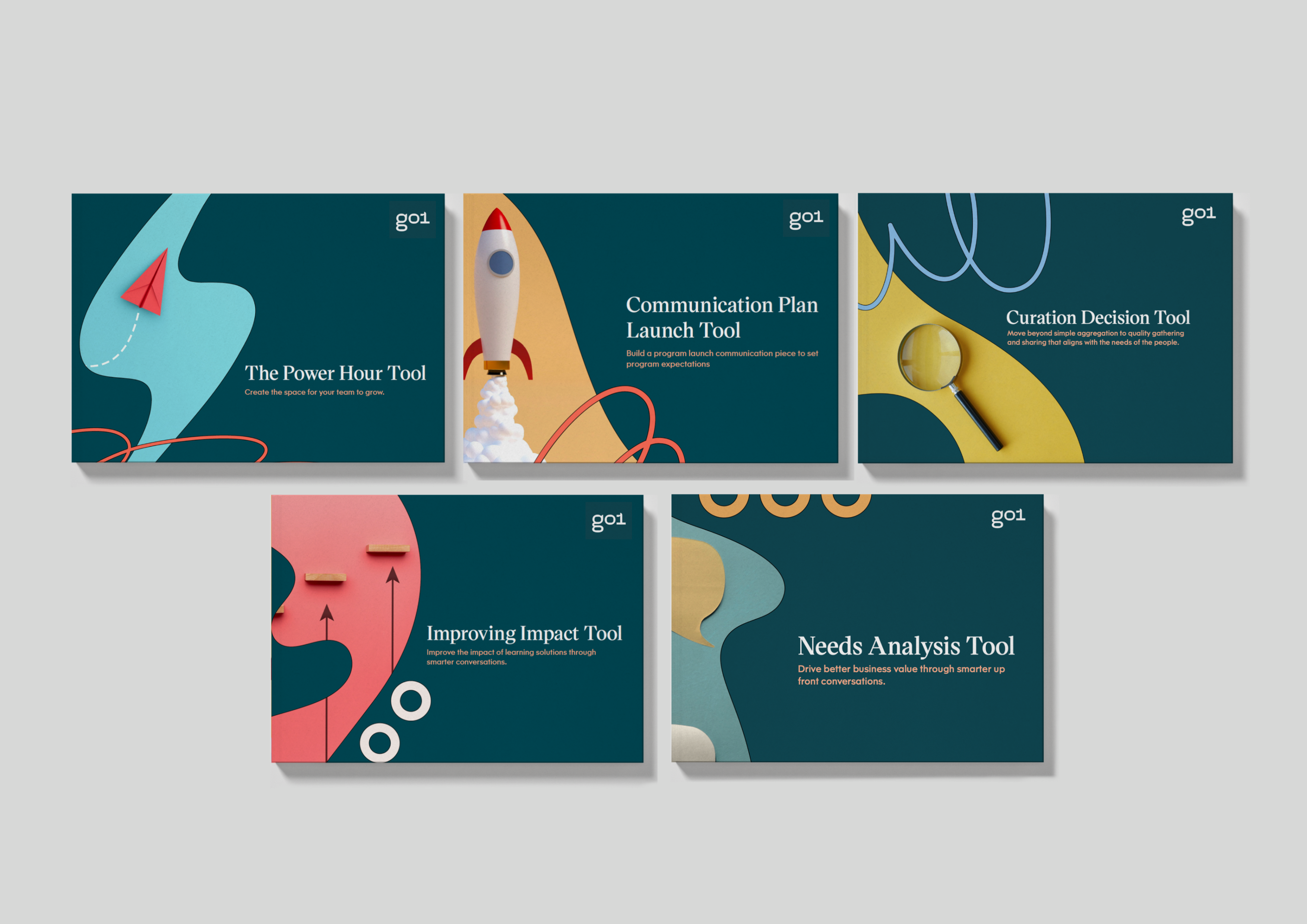
Creating accessible learning content

When you’re creating online learning content, you need to make sure it’s available to all learners. This means making your content accessible to everyone, including users with hearing, vision or motor impairment.
Whether you’re developing an eLearning course or any other form of online training materials, accessibility is a very important part of the design process.
Do you feel confident that you have a basic understanding of web accessibility, and why it’s so important in online learning?
Here are some things you need to know about accessibility, so next time you’re creating an eLearning course, you won't be excluding any members of your learning community.
The Importance of Web Accessibility
Accessibility challenges the barriers that affect a person’s access and contribution to the web. This includes all visual, auditory, physical, speech, cognitive, and neurological disabilities or impairments that make it difficult or impossible to use online content.
The internet is an important resource in many aspects of life – including education and learning. It is essential that online learning content is accessible to all, while providing equal opportunities to people with disabilities.
Accessibility also benefits older people with changing abilities due to aging, or those with English as a second language. Or even temporary disabilities like a broken arm. It provides ease of access to the internet for each and every user.
Accessibility Laws and Compliance
Web accessibility guidelines also form an important aspect of making sure your content is compliant.
In fact, in many industries, accessibility is a legal requirement – so it’s imperative that your business meets compliance in this area.
If you’re working in the learning industry, you need to be aware of these laws when preparing training materials. Take the time to learn about accessibility guidelines and how you can evaluate your current programs for compliance.
What Makes Learning Content Accessible?
Accessibility is about making your web content more accessible to users with impairment or disability, allowing them to better navigate your website or learning materials.
So how do you make sure your training content is accessible to every learner?
- Audio and video content can be difficult for learners with hearing or visual impairments to access, so providing transcripts for audio and video content helps.
- When incorporating video content into your eLearning course, make sure it has closed captioning. It is best practice to always turn captions on. This will benefit learners with hearing impairments, as well as those students whose first language is not English.
- Visually impaired people may use screen readers to listen to, and navigate through, online items. You should be using Alt Tag descriptions and text for your online images, to assist visually impaired learners.
- You can also provide course materials in alternate formats, such as large print, Braille, and electronic or audio formats.
Make Content Accessible from the Very Start
Maureen Orey, author of Successful Staffing in a Diverse Workplace, has this advice for eLearning professionals.
She says it’s important to integrate it into the early stages of the design process.
“Keeping accessibility in mind from the start will save you time and money.”
Orey also considers accessibility a critical part of “working to create a culture of inclusion (not just compliance)” – an excellent point.
There are many ways to practice accessibility with your learning content, and these are just a few factors that will help make your content accessible to as many people as possible.
For best practice guidelines and tips, take the time to learn more about web accessibility and universal design practices. Your learning content will be more effective, compliant and highly regarded when you pay attention to accessibility.
Get started today, with Go1 Premium




